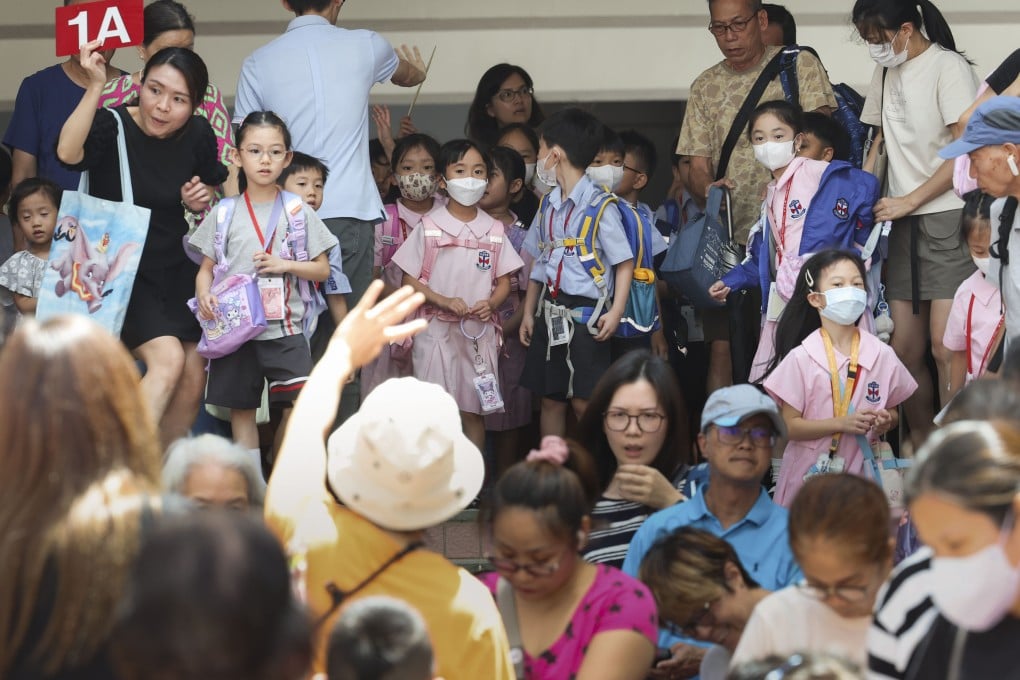Advertisement
Opinion | Low birth rate alone can’t explain Hong Kong education system’s woes
Schools that stick to the old ways of intense testing and exams are failing Hong Kong students, parents and the city as a whole
Reading Time:3 minutes
Why you can trust SCMP
2

The new school year has started, and that means Hong Kong education authorities are counting heads for the 453 public and government-aided primary schools. Amid the city’s dwindling birth rate, 70 Primary One classes in 66 schools have been scrapped. Four of the 70 had to cut two classes. Ten schools either only have only one Primary One class or none at all. The latter means the schools are at risk of being shut down.
Advertisement
The numbers aren’t good for the next few years, either. Of the 53,700 children born in the city in 2018, most of whom have just started Primary One, a little more than 40,000 signed up for the public school allocation system. The birth rate hit a low in 2022, with only 32,500 children born.
Secretary for Education Christine Choi Yuk-lin said she sees three to four primary and secondary schools shutting in the next five years, calling this a “structural problem”. That seems to be the case, but here’s what threw off my maths: the census report released last month revealed that the number of students enrolled in Hong Kong’s international schools in the current academic year reached an 11-year high – an 18 per cent increase compared with 2013, while government and aided schools saw a 12 per cent drop in the same period.
The number of Hong Kong students attending international schools has tripled since 2013. Non-local students make up only 65 per cent of international school enrolments. While government-run and government-aided schools continue to close, seven more international schools have begun operating in the city since 2013.
So while the dismal birth rate is one cause of low enrolment in government-run or subsidised institutions, that isn’t all. The numbers simply don’t add up.
International schools are designed to meet the needs of non-local families. They also seem to be meeting the needs of local families. This is where the government needs to look. Given the choice and availability, those who can afford to are sending their children to international schools.
Advertisement

Advertisement
